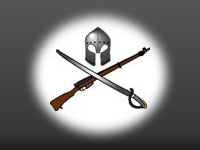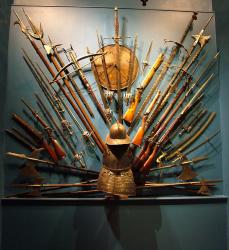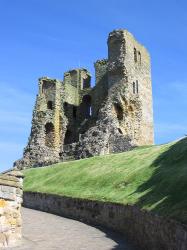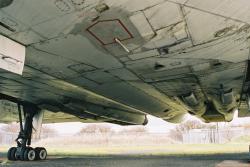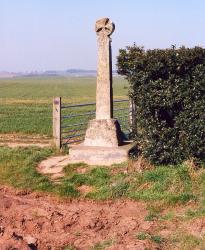Translate this Page
Anniversaries for today :
Welcome to Clash of Steel!
[ About us ]
[ Contribute a battle ]
[ Contribute a review ]
[ Contribute a reenactment group ]
[ Contact us ]
Featured battle : Kaiserslautern
Part of The French Revolutionary and Napoleonic Wars
Date : 28 November 1793 - 30 November 1793
The Prussians decisively defeated the much larger French force but did not follow up their success. The Prussians, under the Duke of Brunswick, followed a passive strategy on the orders of the Prussian King.
Featured image :
Towton Battlefield Monument
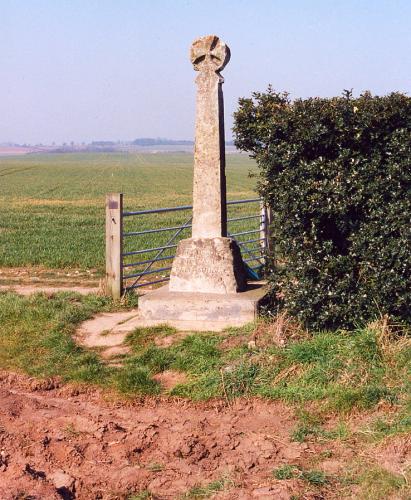
The monument to the Battle of Towton, on the Tadcaster to Sherburn-in-Elmet road.
Gallery updated : 2022-04-04 08:33:43
Featured review :
D-Day, Arnhem and The Rhine.
Robert F. Ashby Ed. Jonathan Walker
A superb memoir of one man’s war. Robert Ashby was a glider pilot who survived landings at D-Day, Arnhem and the Rhine crossing. Jonathan Walker has done the job of editing so that he does not interfere with the original memoirs but adds sufficient notes, in italics, to provide both context and a little additional information. To highlight any part of the book would be to do a disservice to the whole. The text is supported by a set of very special, many personal, photographs.
For anyone with even a passing interest in the Second World war this is a must read. We cannot recommend it too highly.
Pen & Sword Military, 2022
Reviewed : 2022-08-26 14:26:50
